READY TO GET STARTED?
REQUEST A FREE ESTIMATE
Fill out the form below or call (888) 466-7849 for a free, no-obligation estimate.
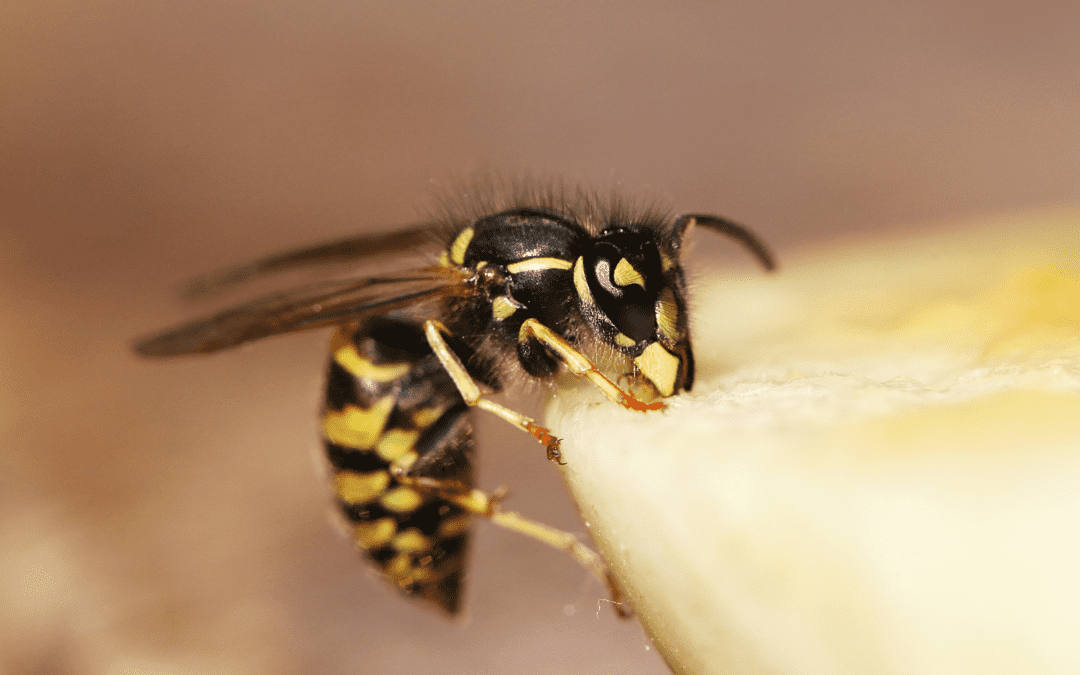
Summer is in full swing in Ft. Lauderdale and that should bring fun activities your way, such as relaxing outside on your patio or spending time with your kids in the backyard. Unfortunately, it can also bring summer pests! Most active in the summer are stinging pests, including yellow jackets, wasps, and hornets. There are several ways to prevent these pests from messing with your summer fun, so let’s break each one down!
On the larger side of the stinging pests, hornets have brown and yellow abdominal stripes on their bodies. Their nests are often built-in hollow trees, and the walls of houses and attics. They are attracted to light and can fly to your windows at night if they see a light on. They are relatively non-aggressive near the nest, but there is potential for a stinging hazard if threatened.
Prevent hornets by:
These pests will become aggressive if they feel threatened enough and are known to sting multiple times. Wasps are highly attracted to backyard events, resulting in an increase in your chances of being stung. Their nests are typically built in branches, porch ceilings, eaves, and attic rafters.
Prevent wasps by:
These social insects are usually anywhere humans are found. They have a non-fuzzy, black and yellow striped body. Attracted to sweets and proteins, they commonly invade outdoor events. Their nests can be found either high up or in the ground. Yellow jackets will sting multiple times if they feel threatened and can sometimes cause allergic reactions.
If you have a stinging pest problem, reach out to your local Ft. Lauderdale pest control company for professional help in removing these pests from your property.
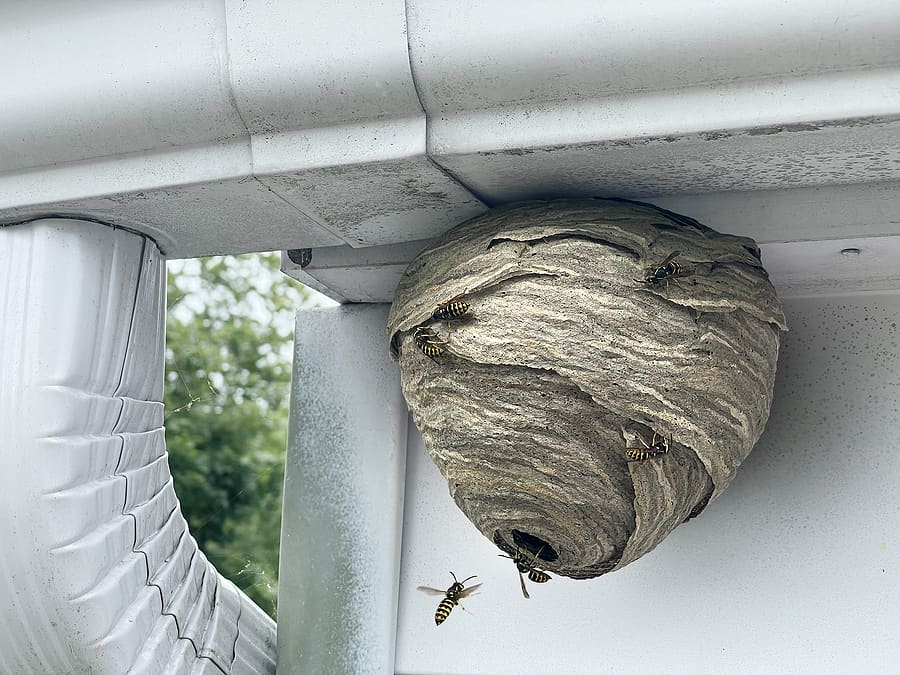
The summertime should bring activities such as lounging by the pool, having picnics, or enjoying our yards, not dealing with summer pests! Most active during warmer months, stinging pests can pose a health threat to your family. Check out our list of common South Florida stinging pests to lookout for this summer.
Paper wasps are semi social insects, meaning they live in colonies containing workers, queens, and males. These pests are reddish-orange to dark black with a long and slender body. Paper hornets tend to nest in round, upside-down paper combs, attached by a single stalk to a horizontal surface, often resembling an umbrella. These pests will typically build their nests underneath objects such as porches, decks, or soffits. Paper wasp nests house egg-laying females, the queen, and subordinate females who function as workers. Paper wasps will sting, with some people allergic to their venom.
Also, a social insect, yellow jacket nests contain female workers, males, and reproductive queens. Yellow jackets are black and yellow, often getting mistaken for bees. These pests will construct their nests into several layers made of tiny bits of wood fiber chewed into a paper-like structure. Yellow jacket nests will only produce males when it’s time for them to breed, then they die off. Their nests are large, often built underground or in hollow logs, tree stumps, between walls, and inside recycling bins where a food source is found. If threatened, yellow jackets will alert their nest to attack the nearby offender, painfully stinging them.
There are several species of hornets including the bald-faced hornet, European hornet, and the giant hornet. These pests can be beneficial to homeowners as they will control common household pests. Though, they will quickly become a nuisance if they build their nests throughout your property. Common areas where hornets build their nests are hollow trees, attics, porches, and inside of walls. These pests will sting to protect their colonies, repeatedly stinging during an attack.
If you’ve noticed these stinging pests around or inside your home, it’s best to reach out to your local South Florida pest control company to inspect and safely remove them.
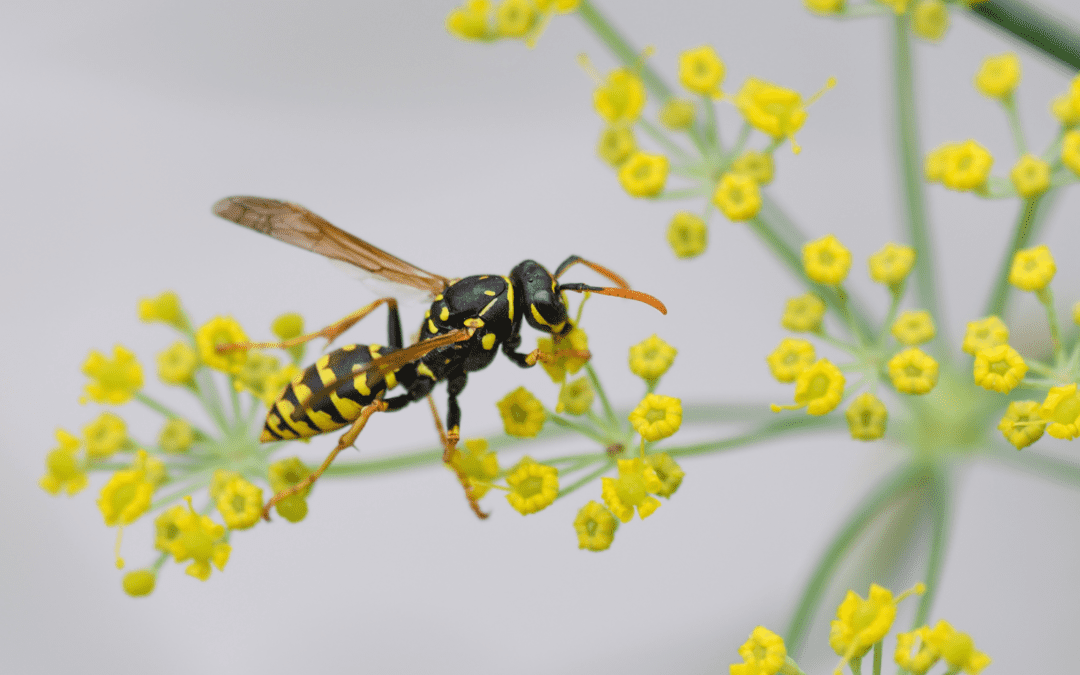
Stinging insects, such as yellowjackets, wasps, and hornets, send more than 500,000 people to the emergency room each year. With the weather warming up, these pests are looking for a food source. While you’re enjoying your backyard barbecues and relaxing by the pool, remember these tips to help keep stinging pests from ruining your outdoor fun.
These slim-bodied insects have six legs and two wings. They are busy at work scavenging for food during the summer months. They will typically build their nests in branches, porch ceilings, and attic rafters. They are highly attracted to picnics and backyard barbecues, increasing your chance of being stung.
These social insects are found anywhere with human activity. They feed on sweets and proteins, often invading outdoor events. They have a non-fuzzy black and yellow striped body and measure less than an inch long. Sometimes they build their nests in high places, like the side of a building. Most of the time, yellow jackets’ nests are built in or near the ground, including shrubs, timber, and logs.
These insects typically prefer a forested environment and are known to build nests in hollow trees or walls of houses and attics. They are attracted to light and will try to fly into your windows at night if a light is on. They are generally non-aggressive near their nests, but if they feel threatened, they will potentially sting.
If the stinging insect problem is bigger than you can handle, then calling your local pest control company might be the next step in prevention.
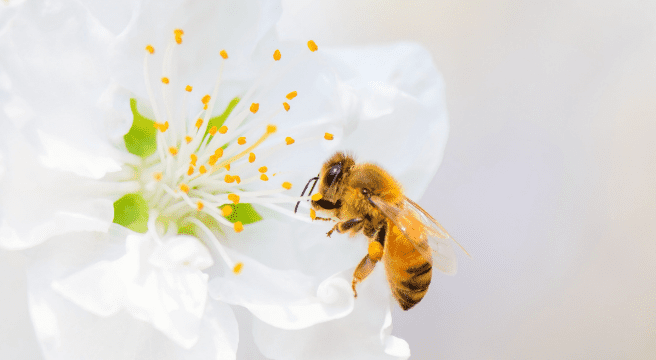
Spring is around the corner, and that means our favorite stinging insects are making a return! Some of these stinging pests are very beneficial for pollinating flowers, but some are not so nice for your home. Check out our list of popular stinging insects in the southeast and what you should know about them!
Bumblebees
Bumblebees are relatively harmless and can be greatly beneficial for pollinating flowers. These insects can be identified by their black and yellow markings and an overall fuzzy appearance. They build their nests out of pollen buildup and will usually build them in the ground or a dense grass clump. If they feel threatened, they can become aggressive and result in stinging, so if the nest is found near a structure, then control may be necessary.
Carpenter Bees
Carpenter bees are often confused with bumblebees, but the top of their abdomen is largely bare and shiny. They are a serious threat to your property, as they burrow deep into wood to make galleries for nurturing their young. Male carpenter bees are territorial, and you may find them hovering in front of your face aggressively, but they have no stinger and these actions are merely for show. Female carpenter bees have a powerful sting which is rarely used.
Honeybees
Honeybees are less than an inch in size and are orange-ish brown or black in color. They are considered social insects and live as colonies in hives, where they can reach sizes up to 80,000 inhabitants. Three types of honeybees live in a beehive: worker, drone, and queen. Each has its important roles and performs specific duties within a bee colony. Honeybees are very beneficial and pollinate 85 percent of food crops intended for human consumption. They are critical to our environment and provide us with honey, which has many positive health benefits.
Yellow Jackets
Yellow jackets are less than an inch in size and are yellow and black in color. These pests reside in nests constructed of paper cartons, which can grow to be the size of a baseball. One nest can contain multiple rounded paper combs which are attached to one another and covered in many layers. Depending on the species, the nest can be near the ground, such as plant roots, logs, or timber; or aerial and attached to shrubs, houses, garages, or sheds. Yellow jackets are slow to sting unless they feel threatened. They are considered beneficial because they control many pest insect species, like flies and aphids.
Remember – it is not recommended to attempt to remove a stinging insect nest on your own and doing so can be extremely dangerous. Instead, work with a local pest control company to access your property and the nest, identify the type of stinging insect (like wasps or other dangerous stingers) and determine the best way to eliminate the threat to your family.
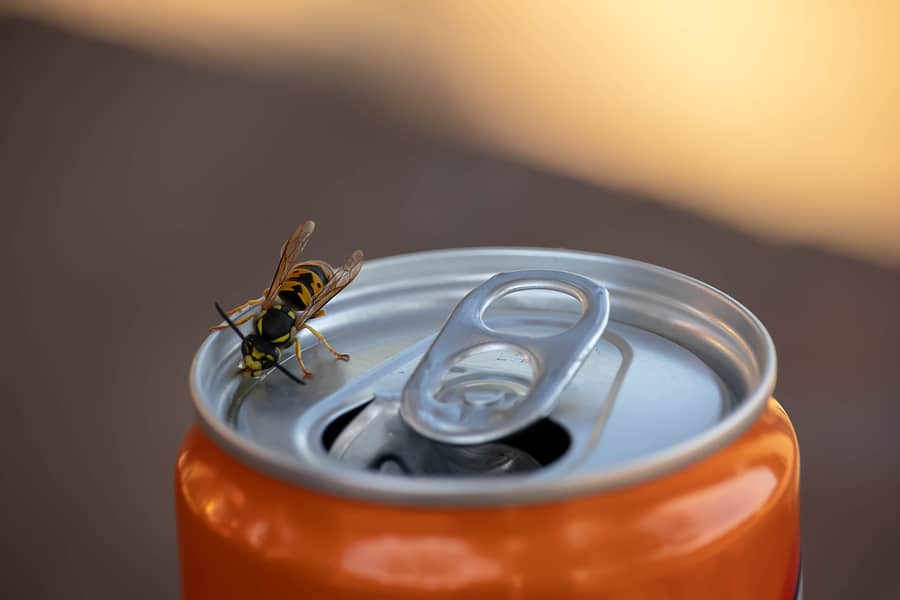
Spotting stinging pests around your business can be alarming. Yellowjackets, wasps, and hornets are all active during the warmer season as they go in search of a food source and a place to establish their colony. These pests can pose a serious health risk to your customers and business. We break down the most common stinging pests and the best ways to avoid them.
Wasps
Wasps will build their paper-like nests on eaves, porch ceilings, branches, and windowsills. These pests search for food during the summer months. They are highly attracted to any food found outdoors, along with anything with a fragrant smell such as candles or flowers. When threatened, these pests will sting multiple times and eventually call on reinforcements from other wasps by emitting pheromones.
Hornets
Hornet nests are built in hollow trees or the walls of buildings and attics. These pests are attracted to light and will often fly into open windows at night if they see a light. Hornets like to eat fruit and honeydew, causing them to congregate in areas where these foods are found. While they are non-aggressive near their nests, they will sting if they feel threatened. When stings occur, the stinger can get lodged in the skin.
Yellow Jackets
Yellowjackets are social insects and can be found wherever humans are. These pests like to eat sweets and proteins and will invade outdoor events to find these foods. Yellowjackets build their nests in high places, such as on trees and buildings, or on the ground. If they feel threatened, they will sting multiple times which can be extremely painful.
Stinging Pest Prevention for Your Business
If you have a problem with stinging pests, contact Commercial Services for an inspection and treatment plan.